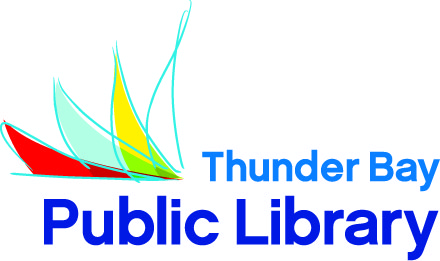
I am a devoted GoodReads.com user. Never heard of it? GoodReads is a free social media site (like Facebook) but instead of friends, you can add books! Searching by title, author, or series will bring up nearly every published book along with a description of the title and reviews from other users. You can then choose which “shelves” to add it to – the defaults are read, to-read, and currently-reading, but you can create your own using genres or any other designation. One of my favourite aspects of GoodReads is how easy it is to use for straightforward and more complex tasks: simply track books you want to read next, use it as reminder of those books you’ve already read, or maintain detailed records useful for making reading recommendations to others. You can also add friends to look at their bookshelves or follow authors. My personal GoodReads account can be found at http://goodreads.com/LauraLisbeth - feel free to browse my shelves!
One of my favourite book-related writers on the Internet recently posted an article about her 2014 reading and inspired me to do the same using the details of my GoodReads account. When I began working on this article, I had read 120 books so far this year. This may sound like a very high number, but keep in mind that this includes all kinds of books, regardless of length: picture books, middle-grade reads, comics, YA books, non-fiction and adult fiction. I am responsible for ordering the Young Adult books for TBPL’s collection and guessed (accurately) that the majority of my reading would be in YA – 55% of my titles read are classified as Young Adult fiction. Picture books are the next highest, at 40%.
Next, I looked at my use of their five-star ranking system. Five stars indicate a new favourite; the lowest ranking of one star means it was disliked. I awarded only seven five-star rankings this year so far, and interestingly none of them were YA. Instead, of the seven awarded, six were picture books and the other was middle grade. My top picture book picks include Flora and the Flamingo by Molly Idle and Who Goes There? by Karma Wilson. Better Nate Than Ever by Tim Federle is an exceptional middle-grade title about a 13-year-old musical-theatre devotee sneaking out for a secret Broadway audition (the sequel, Five, Six, Seven, Nate!, is also amazing). The star ranking I have most commonly awarded in 2014 is the three-star ranking: “liked it.” Only one book received a one-star ranking.
The #WeNeedDiverseBooks movement in April 2014 sparked a lot of conversation, book lists, and thought-provoking dialogue about the importance of visibly diverse books and authors in literature for children and youth, prompting me to wonder how my reading measured up. Despite literature’s continuing emphasis on the voices of men, I have long noticed a bias in my reading towards female authors. As expected, the majority of my reading is by women: only 26% of the books I have read so far this year were written by men. I was also successful in reading a variety of titles with queer themes or authors. However, regarding ethnic, cultural, or religious diversity, I was unhappy to realize that my statistics do not reflect a truly concentrated effort to engage with more diverse reads. Using resources like book lists from the Diversity in YA website, I hope to broaden the swath of cultural experiences in my reading for the remainder of 2014.
Do you keep goals in mind for your reading? And do you use GoodReads or another tool to track those habits? If you have a comment about today’s column, we would love to hear from you in the comments!
Laura Prinselaar






